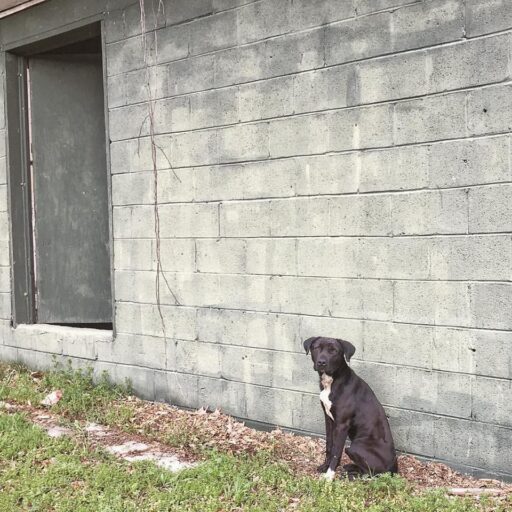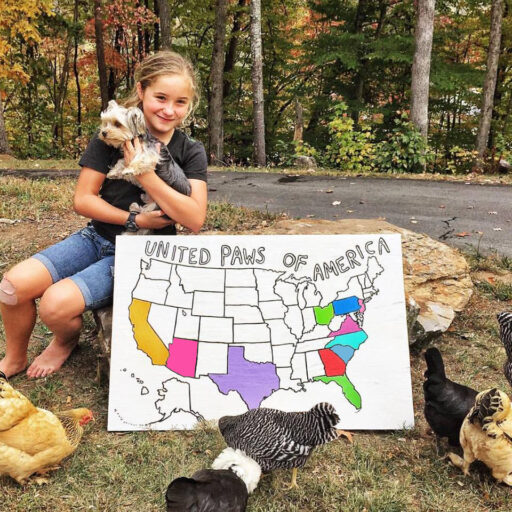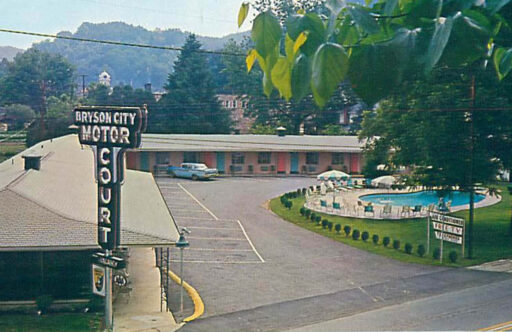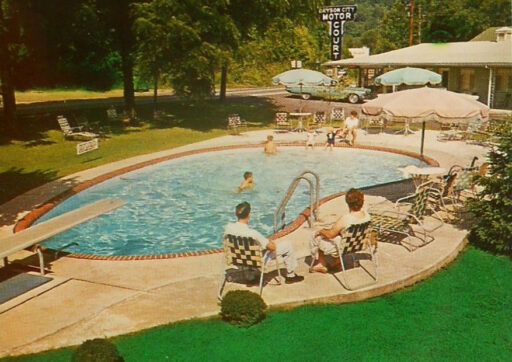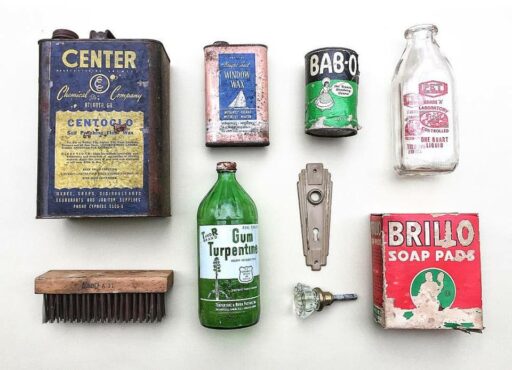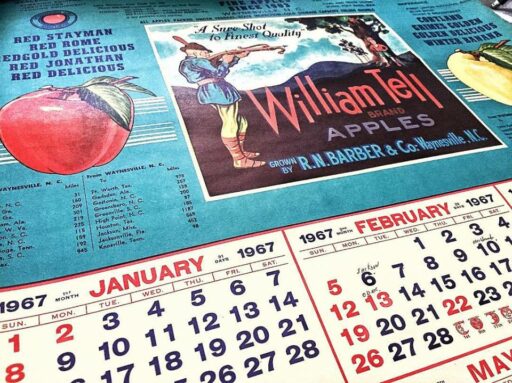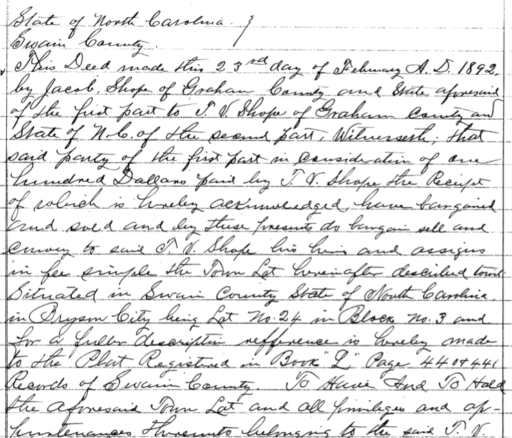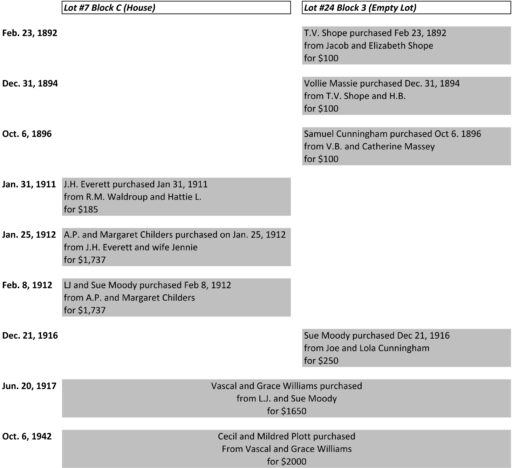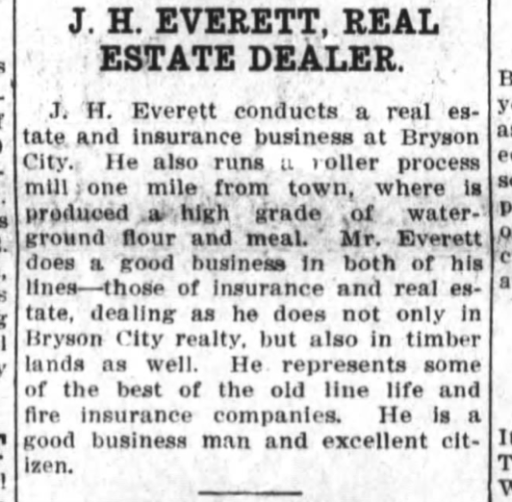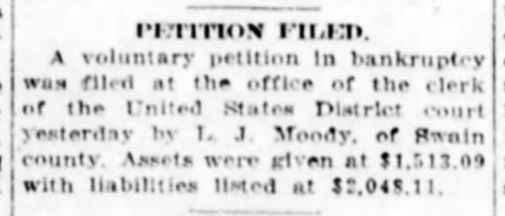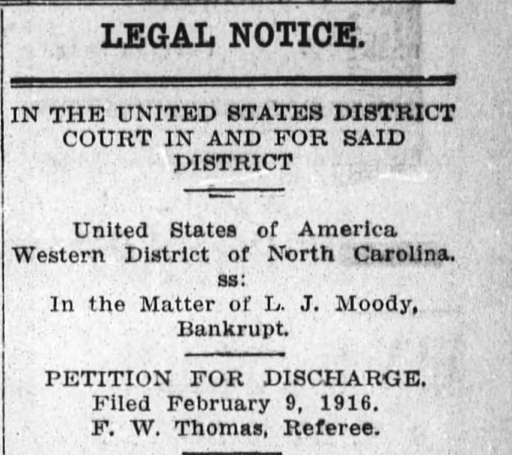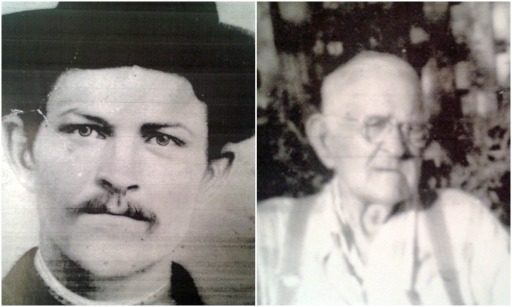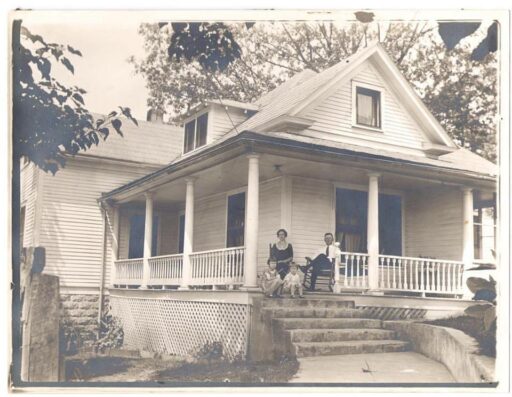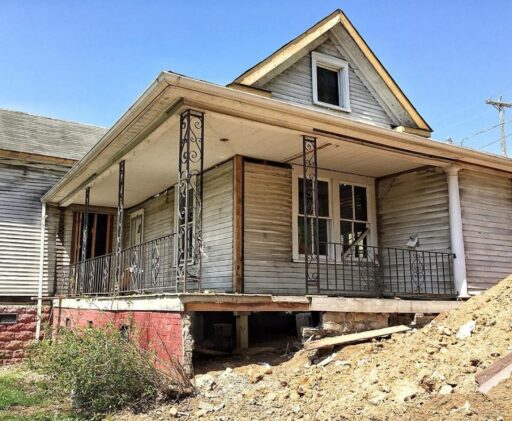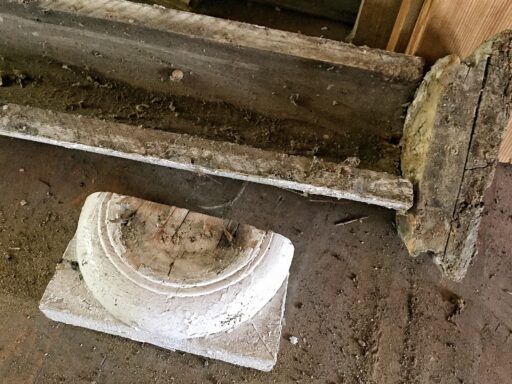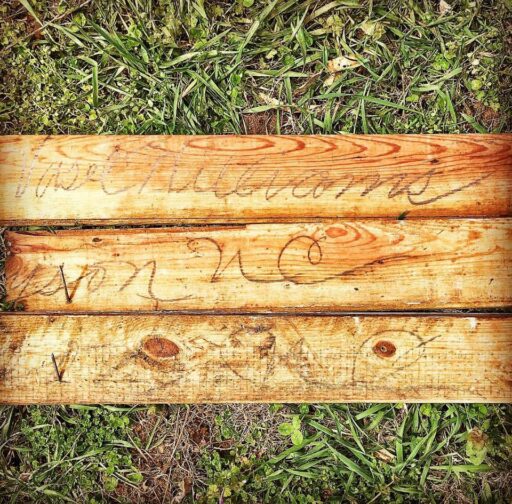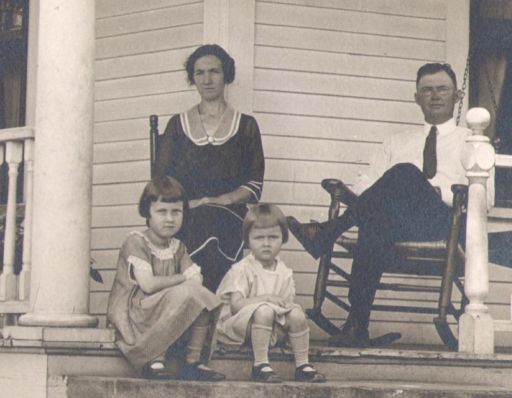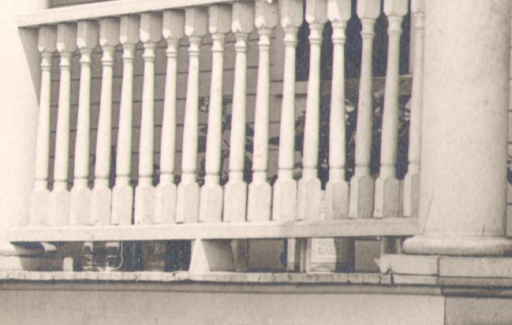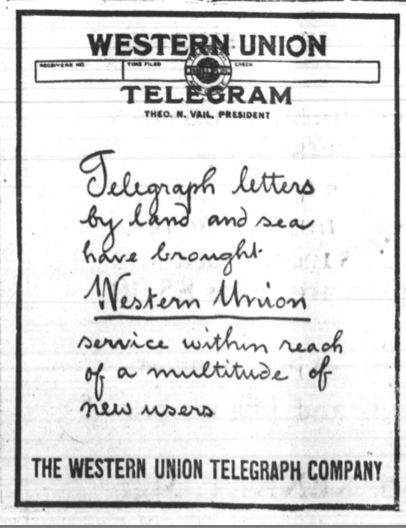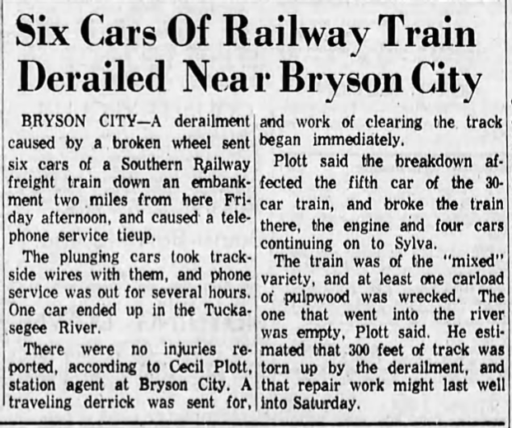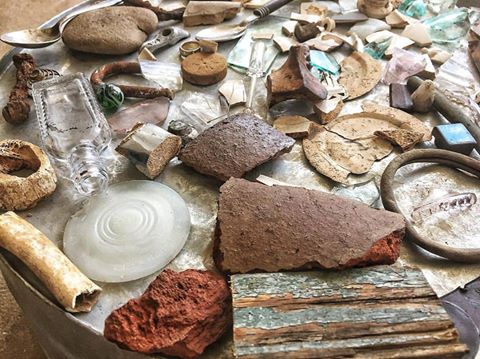This morning I was driving to the farmhouse to see what the guys were working on and as I passed the baptist church I noticed a small black mound laying next to a small concrete out-building. For a second it cross my mind that maybe someone had dumped a bag of puppies….it wouldn’t be that far out there….it’s very common for people to abandon dogs at churches around here. I slowed my car down and peered out the window and a small head lifted. A scared black dog peered up at me from his tightly curled body. He didn’t look good. I could see some scarring on his head and he looked very malnourished. He has a slight limp and his neck was covered with some type of sticky substance. Despite all of that he wagged his tail at me. Of course he ended up at our house. We couldn’t leave him:
Our county has no animal control so there’s not much that can be done to help the animals in our area except for our small shelter. My friend Beth is the executive director and she’s always running around at all hours of the night. When the temperatures dropped to 19 degrees she was delivering hay and blankets to dogs whose owners couldn’t be bothered to bring them inside. She rescues dogs from the river and from the dumpsters. She takes the dogs to the nursing home to visit. I don’t know how she does it.
Today she came right over to visit the sweet lab we found and took him with her to get checked out. I wish we could have kept him but with the chickens and Happy’s medical issues it’s just not possible to foster such a big dog. We are working on fostering one of the smaller dogs that PAWs took in from the huge puppy mill neglect case in Georgia last week.
If you can spare just a few dollars today please donate to our small-rural-only-hope shelter in the mountains! I’d forever be grateful! The website is easy to find: www.pawsbrysoncity.org
We’ve been working on this project now for over a year to get at least ten donations from every state so if you can donate please make sure to leave your state in the comments with “United PAWS of America” so we know where the donation is from. Here is our map so far…the states that have colors are the ones that we’ve received at least ten from:
So far we’ve raised $5,183 but we obviously still need lots of help from the middle of America (and Vermont!). If you live in any of those states or know anyone who lives there could you spread the word for us? We (and the animals) would forever be grateful. The donation can be any size!
I just think about Happy’s cute little face every time we get a donation….she’s our elderly rescue….and without the Richmond Animal League she would have already been put to sleep. She brings up so much joy…I couldn’t imagine our lives without her.

